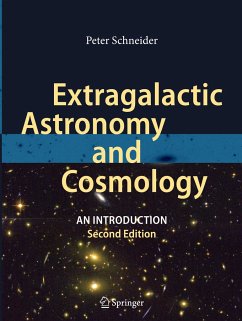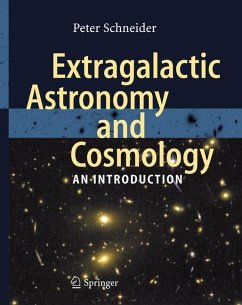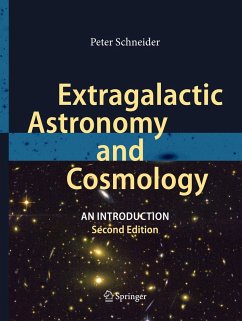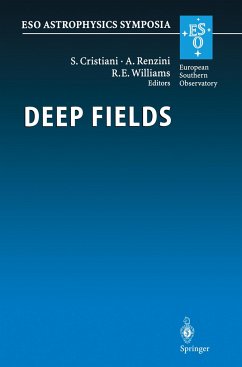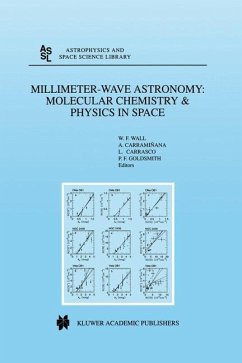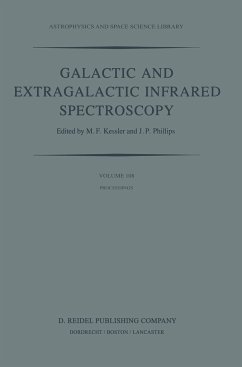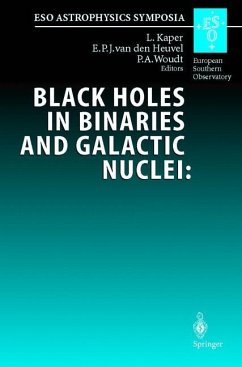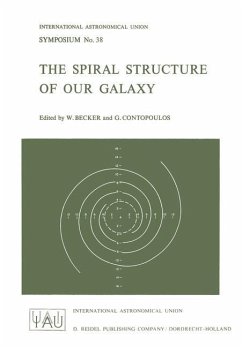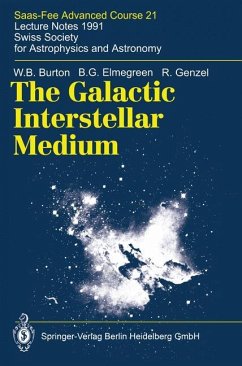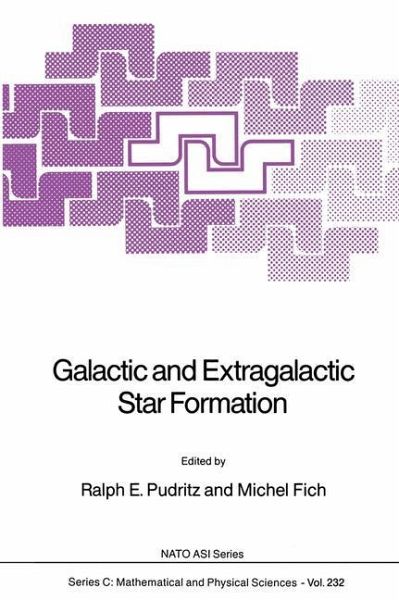
Galactic and Extragalactic Star Formation

PAYBACK Punkte
20 °P sammeln!
Recent advances in the instrumentation used to observe star forming regions in both our own Milky Way and in external galaxies have transformed the subject from a phenomenological pursuit into an increasingly unified, physical science. High resolution centimetre, millimetre, infrared, and optical studies of local star forming clouds have allowed us to probe the physics of star formation down to spatial scales approaching those of the solar system. These developments make it possible to better constrain the basic physical processes underlying star formation itself. At the same time, these new i...
Recent advances in the instrumentation used to observe star forming regions in both our own Milky Way and in external galaxies have transformed the subject from a phenomenological pursuit into an increasingly unified, physical science. High resolution centimetre, millimetre, infrared, and optical studies of local star forming clouds have allowed us to probe the physics of star formation down to spatial scales approaching those of the solar system. These developments make it possible to better constrain the basic physical processes underlying star formation itself. At the same time, these new instruments have placed extragalactic studies on a footing detailed enough to allow comparison with star forming regions within our own galaxy. This revolution means that we will soon be able to link the physics of local star forming regions to the global star forming properties of galaxies. The entire structure of this NATO Advanced Study Institute was designed to explore this new view of the subject. This Institute on "Galactic and Extragalactic Star Formation" was held from June 21 -July 4, 1987 at the Conference Centre in the village of Whistler, British Columbia, Canada. The informal atmosphere of this lovely mountain resort stim ulated many valuable scientific exchanges. The Institute was funded by a major grant from NATO Scientific Affairs. Additional financial and I.I1oral assistance was provided by the Canadian Institute for Theoretical Astrophysics (CITA) and Mc Master University.





